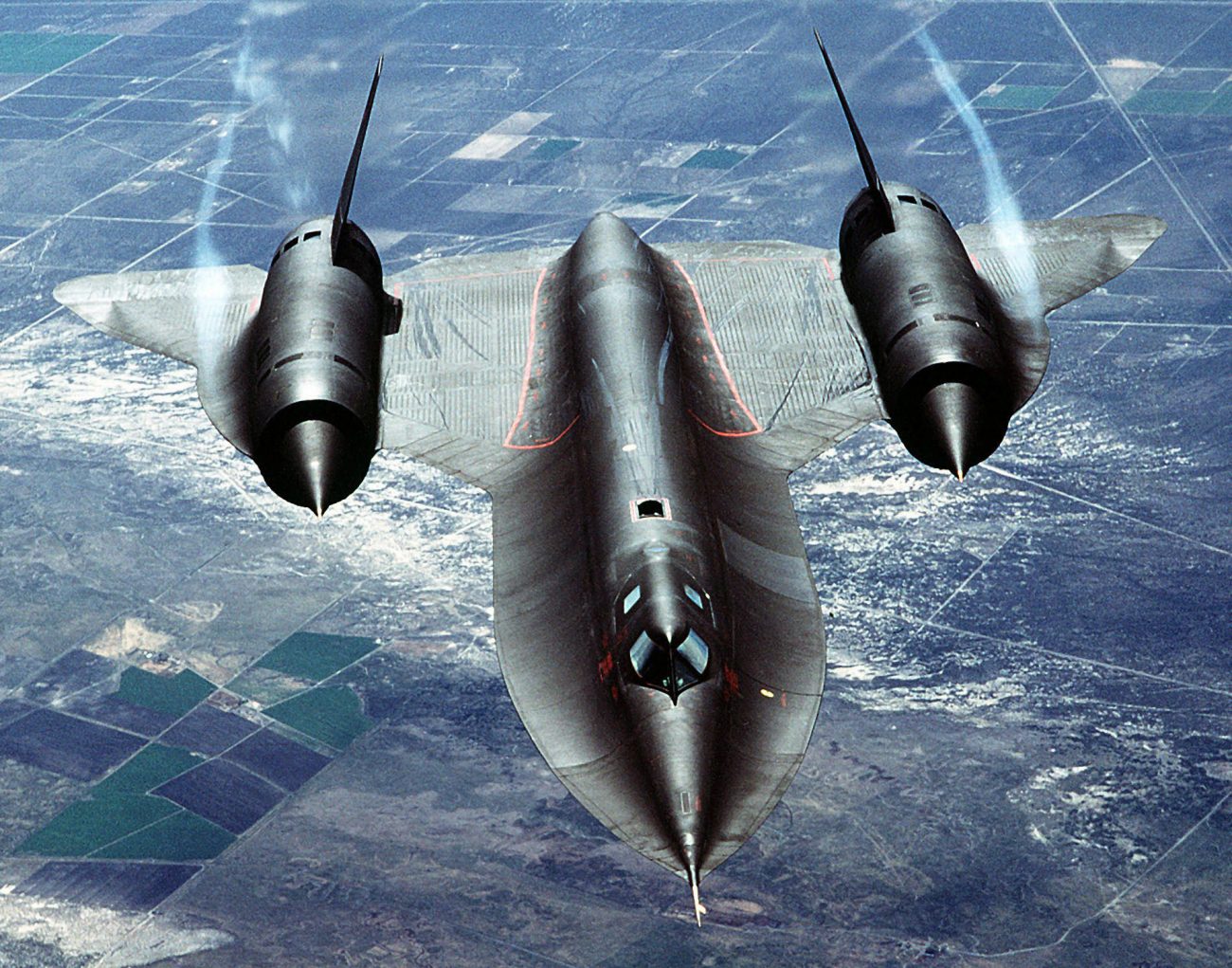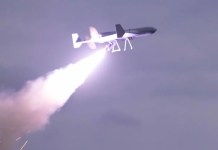It is not on the lone issue of importing oil or gas from Russia that Europe and the United States have shown double standards – they want the rest of the world, including India, to stop procuring petroleum products from Russia, but many of their own would continue buying them from Moscow, at least till this year-end.
Setback For Airbus-Led Consortium: After 20 Years Of Frustration, Norway Goes The Australia Way & Dumps Its Rotorcraft
The US-led West is also puncturing its sanctions on Russia (following its invasion of Ukraine) by exempting another strategic material critical to its military industry. There is no bar to procure Russian titanium.
It is not that the US is not mindful of the contradictions between its policies and actions. In fact, it is to the credit of the Biden Administration that it is trying to boost its strategic mineral reserves through some tough executive and legislative measures and these enjoy bipartisan support.
In fact, the Senate on June 8 passed a bipartisan “the US Innovation and Competition Act,” a $250 billion bill aimed at countering the technological ambitions of its adversaries. There are some other measures that the Administration has also taken over the last six months, which we will discuss a little later.
It is a sordid fact that the US is heavily reliant on China and Russia for components vital for the production and maintenance of its ammo supplies.
US, Europe Depend On Russia, China
The US may be the world’s largest military force. It may have the world’s largest military budget. But, the US depends on two of its sworn adversaries to produce its ammunition and military equipment. Two such key minerals are particularly noteworthy.
One is “antimony.” It is a crucial mineral required in the production of military hardware, including night vision goggles, armor-piercing bullets, explosives and nuclear weapons. But it is in short supply in the US and the country has relied almost entirely on China — and to a lesser extent Russia.
China’s “Path-Breaking” Plan: Will Launch 1st-Ever, Space-Based ‘Solar Power Station’ That Will Transmit Electricity To Earth
The other is titanium, for which the US, as well as Western Europe, are critically dependent on Russia. Titanium and titanium alloys have unique properties: they are lightweight and have a very high ratio of strength to weight. Their density is typically around 60% that of steel.
They withstand high temperatures and have a high resistance to corrosion. These properties have caused the metal to be widely used in the aerospace industry, chemical processing vessels and piping, power plant components, desalination plants, and medical applications like implants and surgical devices.
Titanium is most critical for aero-structures and engines, both military and civilian, due to it being strong yet lightweight, and resistant to corrosion. It is less likely to cause galvanic corrosion when joined to carbon fiber reinforced plastic (CFRP) parts like body and wing panels or control surfaces.
Galvanic corrosion occurs when two dissimilar metals are connected to each other and electrons can flow and cause the metals to corrode. The carbon fibers in CRFPs are electrically conductive, so attaching them to aluminum alloys makes both the metal and the composite vulnerable to deterioration. Titanium alloys are resistant to this.
The second attractive property of the mineral is that titanium thermal coefficients of expansion are very similar to CFRPs. This is said to be important because airplanes go through big temperature changes over normal flight cycles.
Reportedly, titanium alloys account for approximately 15% of the Boeing 787 airframe by weight. In the Airbus A350XWB, it is about 14% and is used in landing gear, pylons, attachments, door surrounds, frames, and other parts.
This explains why titanium has not been included as yet on the sanctions list of the European Union (EU) or the US. In fact, Europe’s largest aerospace company, Airbus, has warned that the inclusion of titanium in any future sanctions against Russia would hurt Europe’s aerospace industry more than it would Russia.
Airbus currently relies on Russia for about half of its titanium supply, it is said.
However, Airbus’ US rival Boeing, which was getting about 1/3rd of its requirements from Russia, says that it stopped using Russian titanium in early March as it has had “sufficient supplies after diversifying its sourcing arrangements.”
But the fact remains that titanium from Russia is still not under US sanctions. Boeing might have stopped or suspended the import of Russian titanium, but it, as the Wall Street Journal reported, still has to deal with its relationship with a key titanium supplier led by a “sanctioned oligarch,” Sergey Chemezov, who once worked in the KGB with President Vladimir Putin.
Chemezov is the chairman and chief executive of the Russian conglomerate Rostec, whose affiliate supplied Boeing with titanium and is in a 50-50 partnership. Sanctions against Chemezov will broadly prevent him from signing contracts with Boeing but otherwise shouldn’t hinder the plane maker’s ability to buy his company’s titanium or work with their joint venture.
US Encouraged Business With Russia
Though Boeing’s partnership contract with Chemezov dates back to 2009, it may be noted that the American aviation company’s first contract for titanium with Russia was signed in 1997. The investments were encouraged, in fact, by the US government.
The relationship expanded in the early 2000s with Boeing’s development of the 787 Dreamliner, whose design reportedly relied heavily on titanium not only for landing gear but also for the plane’s fuselage.
It may be noted that Sergey Chemezov is also chairman of the Board of Directors of VSMPO-AVISMA Corporation, which is the largest titanium producer in the world. It is also excluded from any Western sanctions. It is the principal supplier of titanium to Airbus at the moment.
It is also the largest supplier of titanium to the Russian defense industry, particularly in the making of several Russian military aircraft, including the SU-30, 34, 35 and 57, the MIG-29 and 35 and the Yak-130.

VSMPO-AVISMA is located in Verkhnyaya Salda, about 1,800 km east of Moscow and around 550 km from the border with Kazakhstan. It produces titanium sponge and converts it into ingots. These ingots are in turn, converted to billets or slabs. The billets are made into a wide variety of shapes, including tubes, disks, and rings, as well as forgings.
Be that as it may, the basic point is that Western aviation companies are critically dependent on Russia for titanium. And this dependence has been there for many decades.
As EurAsian Times had earlier reported, titanium procurement during the Cold War was so vital to the United States’ goal of defeating the Soviet Union that it had to secretly buy the metal from the very country it sought to vanquish!
It is said that the US needed spy planes that could avoid detection in Soviet airspace by flying to the heavens. Lockheed Martin Company then was making the vaunted SR-71 Blackbird that was strong enough to hold extra fuel to give it expansive range. The only metal that would do the job was titanium. And the only place to get titanium in the needed quantities was the Soviet Union.
According to the memoir of Ben Rich, a Lockheed Martin engineer who worked on the SR-71.A, “the US managed to unobtrusively purchase the base metal from one of the world’s leading exporters – the Soviet Union through third parties and fake companies. The Russians never had an inkling of how they were actually contributing to the creation of the airplane being rushed into construction to spy on their homeland.”

As such espionage is not possible now, the US is understandably trying its best to reduce “the mineral dependency” as well as augment technological self-sufficiency.
As pointed out in the beginning, the US Senate has just passed one of the largest industrial bills in US history in a bipartisan effort to ensure the US remains number one as the world’s leading technological powerhouse.
The bill, which passed the chamber 68-32, commits roughly $250 billion in funding for scientific research, subsidies for chipmakers and robot makers, and an overhaul of the National Science Foundation.
It is said that the bill represents one of the last major bipartisan initiatives of 2021 and proof that US lawmakers realize that failure to expand the nation’s semiconductor production or reroute rare earth supply chains, could leave the US at a strategic disadvantage in the years ahead.
Notably, the largest part of the US Innovation and Competition Act is a proposal previously known as “Endless Frontier,” written by Senate Majority Leader Chuck Schumer, D-N.Y., and Sen. Todd Young, R-Ind.
Similarly, in order to increase domestic production of critical minerals and metals needed for advanced technologies in an attempt to reduce America’s reliance on foreign suppliers, President Biden invoked in March this year “the Defense Production Act”, a move that is likely to give the government more avenues to provide support for the mining, processing and recycling of critical materials.
It may be noted that the Defense Production Act is a statute made in 1950 that gives the President access to funding and other enhanced powers to shore up the American industrial base and ensure that the private sector has the necessary resources to defend national security and face emergencies.
President Biden has asked the Pentagon to bolster the critical mineral supply by supporting feasibility studies for new projects, encouraging waste reclamation at existing sites, and modernizing or increasing production at domestic mines for the so-called critical minerals.
Accordingly, the Secretary of Defense is to conduct a survey of the domestic industrial base for critical minerals and submit that to the President and Congress.
Incidentally, in February this year, Sen. Martin Heinrich (D-N.M.) had introduced a bipartisan bill that “would make it easier for nonprofits and other outfits to help clean up abandoned hard rock mines by wiping away past liabilities for acquiring the sites.” The idea was to incentivize domestic production of rare earth and other critical minerals.
This bipartisan legislation is to be supported by the so-called good Samaritans — potential property owners looking to address dangerous or polluted sites who are not financially responsible for the legacy mine waste. If enacted, the measure would set up a federal pilot program to provide up to 15 permits for good Samaritans cleaning up lower-risk projects.
The Democratic-led bill enjoys support from multiple Republican senators, including Senate Energy and Natural Resources ranking member John Barrasso of Wyoming and Sens. Steve Daines of Montana and Mike Crapo and Jim Risch of Idaho.
There are at least 140,000 hardrock mine sites known in the United States that were abandoned before the 1970s, according to the Government Accountability Office, which estimates that hundreds of thousands more likely exist.
Of course, there are many energy conservatives who oppose the idea on the ground that mining companies were “making opportunistic pleas to advance a decades-old mining agenda that lets polluters off the hook and leaves Americans suffering the consequences.”
But, overall, bipartisan support for expanding American mining and processing of battery components has grown in recent years.
- Author and veteran journalist Prakash Nanda is Chairman of Editorial Board – EurAsian Times and has been commenting on politics, foreign policy on strategic affairs for nearly three decades. A former National Fellow of the Indian Council for Historical Research and recipient of the Seoul Peace Prize Scholarship, he is also a Distinguished Fellow at the Institute of Peace and Conflict Studies. CONTACT: prakash.nanda@hotmail.com
- Follow EurAsian Times on Google News




